Our Blog
Need Stump Grinding? Call Us
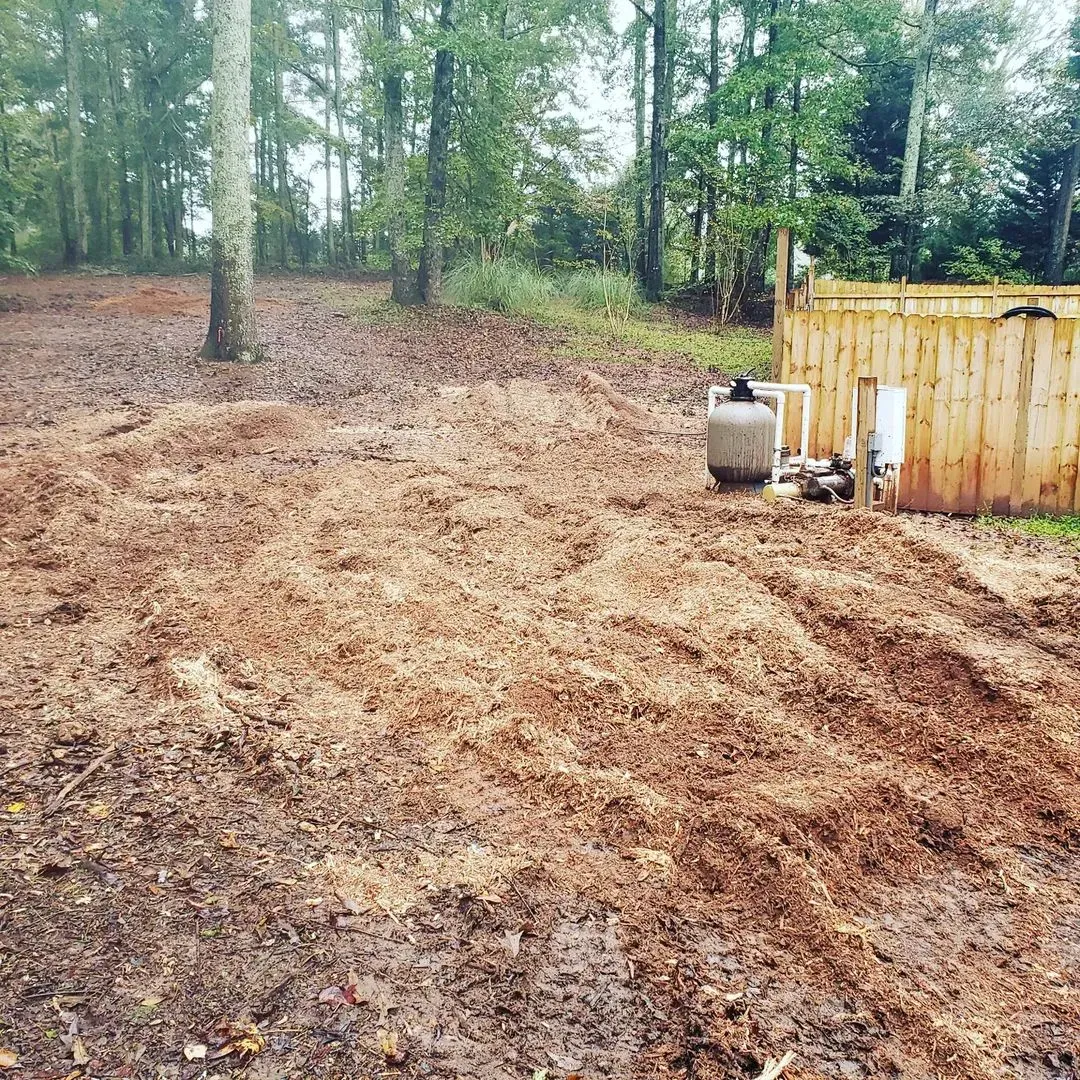
After grinding down a tree stump, you’re often left with a hole and soil that’s not quite ready for new plants or grass. But don’t worry—restoring your garden space is easy with a few simple steps. By properly preparing the soil and adding the right materials, you can ensure healthy growth for whatever you decide to plant next. Here’s what you can add to the soil after stump grinding to get your garden looking its best again. Clear the Area of Wood Chips and Debris Once the stump is ground down, you’ll notice a pile of wood chips and debris left behind. It’s important to clear this away before preparing the soil. Wood chips can take nitrogen out of the soil as they decompose, which is a vital nutrient for plant growth. Use a rake to remove as many chips as possible. If there are any large roots still exposed, trim them back with clippers or a saw to ensure they don’t interfere with your new planting.
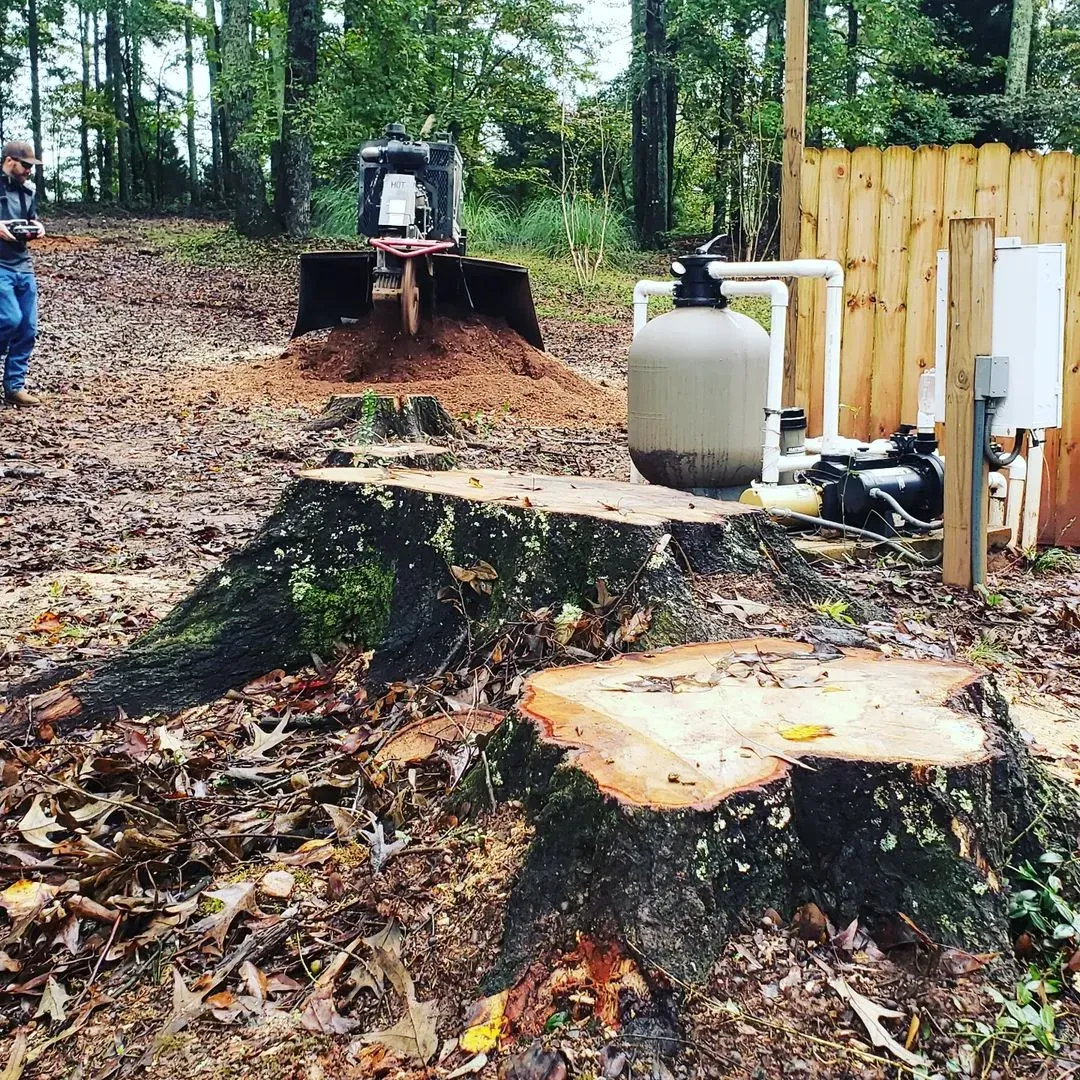
After having a tree stump ground down, you’ll likely be left with a pile of wood chips. Many people wonder what to do with these leftover chips—should you remove them or find a use for them? The good news is that these wood chips don’t have to go to waste. In fact, there are several beneficial ways to reuse them in your garden and yard. Use Wood Chips as Mulch One of the most popular uses for wood chips is mulch. Wood chips make a great natural mulch, helping to keep your plants healthy and your garden looking its best. Spread the chips around flower beds, shrubs, or trees to keep moisture in the soil, regulate temperature, and suppress weeds. Over time, the wood chips will break down, adding organic matter to the soil and giving it a nutrient boost. To get the most out of your wood chip mulch: Apply a 3-inch layer around smaller plants and up to 6 inches around larger ones. Avoid piling the chips directly against the stems of plants to prevent decay or pest infestations.
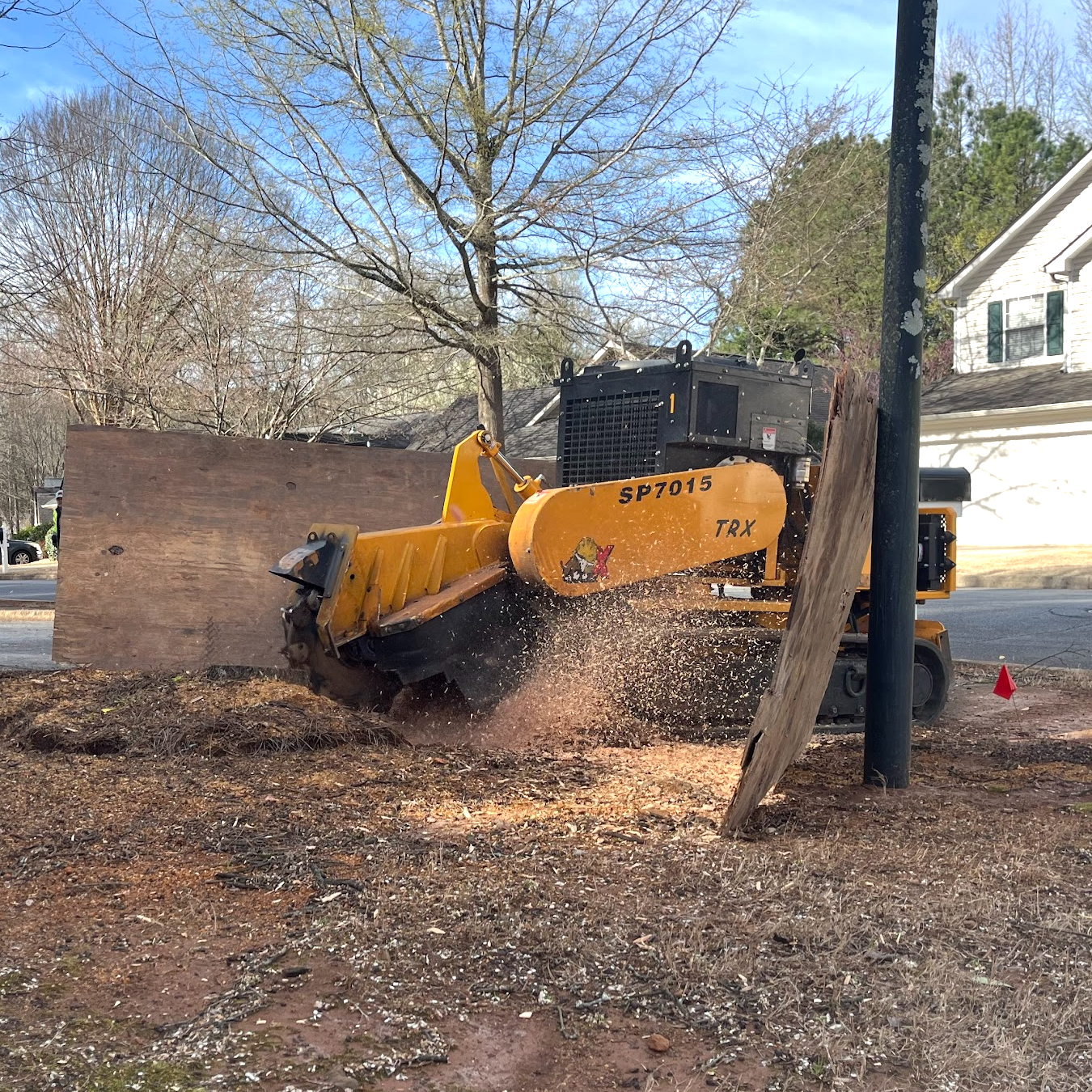
When a tree is removed, what's left behind is the stubborn stump that once anchored it in place. At this point, you might wonder: is it better to grind the stump down or dig it up entirely? Both methods have their pros and cons, and your choice will depend on the future plans for your yard. Let’s break down the differences between stump grinding and stump removal to help you decide. What Happens if You Leave a Stump? Before jumping into removal options, it's important to understand what happens if a stump is left in the ground. While it might seem harmless, over time, the stump will start to decay. This process can take years, and during that time, the stump can attract pests like termites and ants, which may spread to other plants or even your home. Additionally, a leftover stump can become an obstacle when mowing the lawn and could be a tripping hazard for family members. Now that we know why stumps can be problematic, let’s look at your options for getting rid of them.
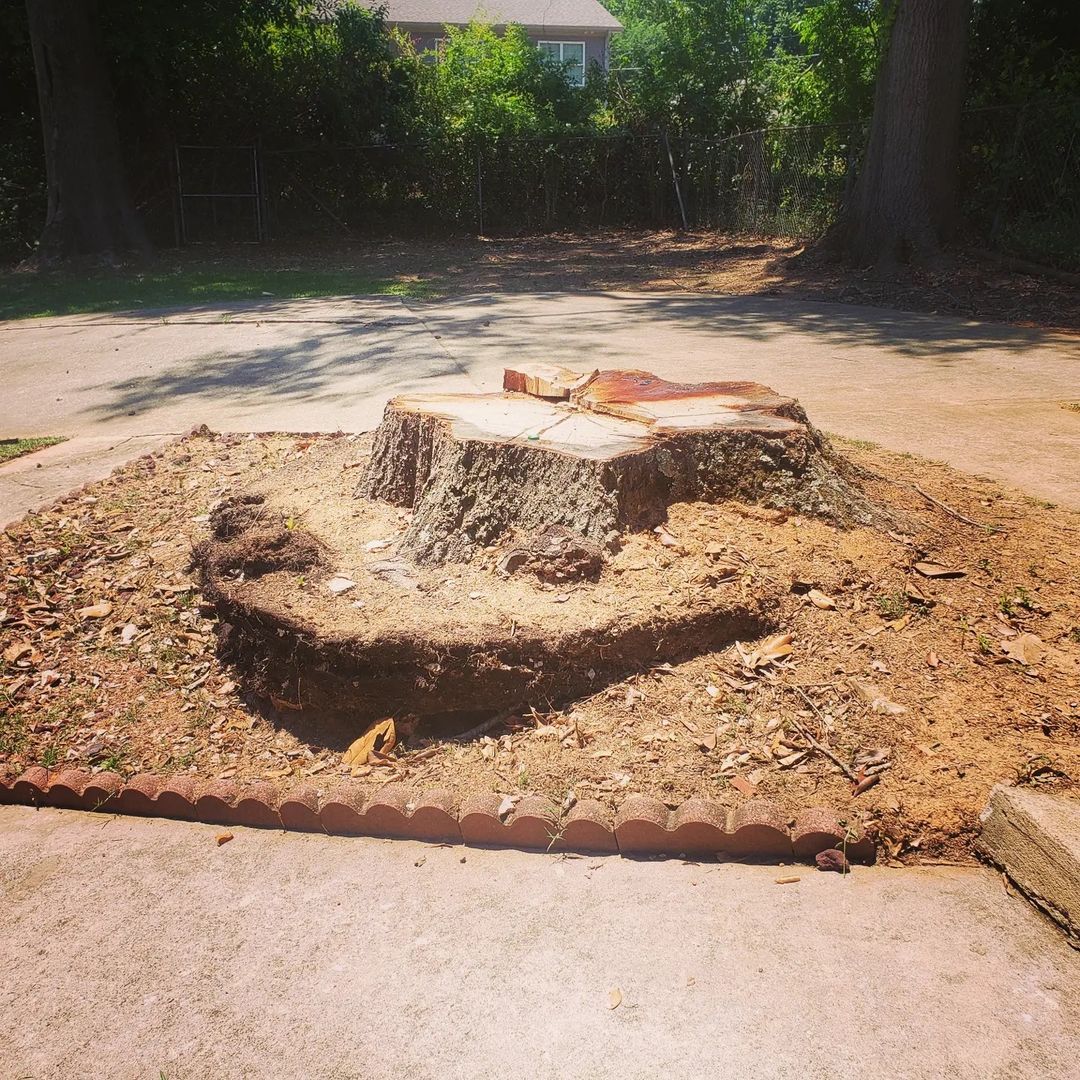
After removing a tree from your yard, you're often left with a pile of stump grindings , and you might be wondering what to do with them. Should you toss them, or are they beneficial to keep? Luckily, stump grindings can be a valuable resource for your garden and soil. Instead of disposing of them, here are several ways you can repurpose those grindings to improve the health and appearance of your landscape. Using Stump Grindings as Mulch One of the most common and beneficial uses of stump grindings is to turn them into mulch. Mulch acts as a protective layer for your garden, offering several key benefits. First, it helps regulate soil temperature, keeping roots cooler in the summer and insulated during colder months. Second, mulch is excellent at retaining soil moisture, which means less watering for you. It also serves as a barrier against weeds, preventing them from taking root and competing with your plants for nutrients. Before using the stump grindings as mulch, it’s important to clean them up a bit. Rake through the grindings to remove any grass or large pieces that could hinder the mulch's effectiveness. Once the grindings are clean, spread a layer of three to six inches around your plants. For smaller shrubs and flowers, aim for a thinner layer, while trees and larger plants benefit from a thicker mulch.

When it comes to stump grinding , not all tree stumps are created equal. Some stumps are much harder to grind down than others due to the type of wood, the stump's condition, and even where it’s located. Let's explore what makes certain stumps particularly tough and why it can be challenging to get rid of them. The Toughest Tree Stumps The difficulty of grinding a stump largely depends on the hardness of the wood. Hardwood trees tend to create the most challenging stumps to grind. These trees have dense, thick wood that takes longer to break down and requires more effort to grind into mulch. Common Hardwoods That Are Tough to Grind: Hickory: Known for its incredible strength and resilience, hickory stumps are some of the hardest to grind. The dense wood and deep roots make the grinding process long and demanding.
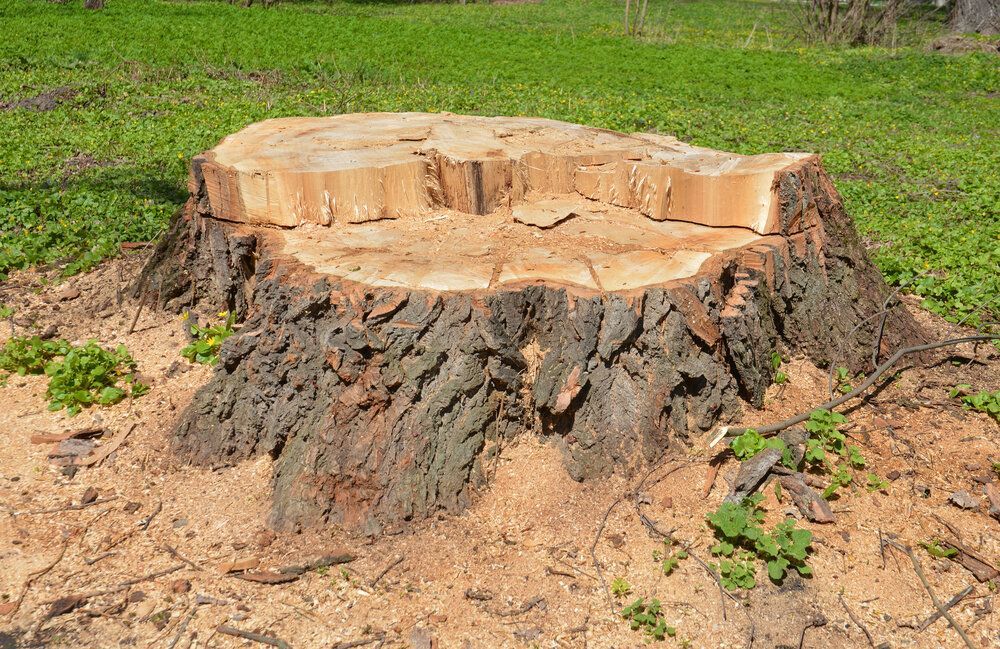
If you’ve recently had a tree cut down on your property, you may be left wondering what to do with the remaining stump. When it comes to stump removal, there are two main options: stump grinding and stump removal . Both methods offer different benefits and challenges, so knowing the differences between them will help you decide which is the best choice for your yard. What Is Stump Grinding? Stump grinding is the process of using a specialized machine to grind the stump down until it’s level with or slightly below the ground. The machine, known as a stump grinder, turns the stump into wood chips, leaving the roots behind to decompose naturally. This method is less invasive and quicker compared to stump removal. Grinding the stump is often ideal if you want a fast and efficient way to deal with the leftover tree. The wood chips created from the grinding can even be reused as mulch in your garden, making it a more eco-friendly option. The remaining roots underground will decay over time, making this a less disruptive solution for your yard.

Stump grinding is a practical solution for removing those unsightly tree stumps from your yard, making your outdoor space more usable and visually appealing. But before you jump into scheduling a stump grinding service, it's important to know that you might need to obtain permits depending on where you live. Let's explore why permits are sometimes necessary and what you need to know before moving forward with stump grinding. Why Permits Might Be Needed Local governments often have regulations in place to ensure that activities like stump grinding are done safely and responsibly. These rules are there to protect the environment, prevent damage to property, and ensure the overall safety of your community. If you don't follow these regulations, you could face fines, delays, or other legal issues. Common Situations Where Permits Are Required The need for a permit can depend on several factors, including where you live and the specifics of your project. Here are some common situations where you might need a permit for stump grinding:
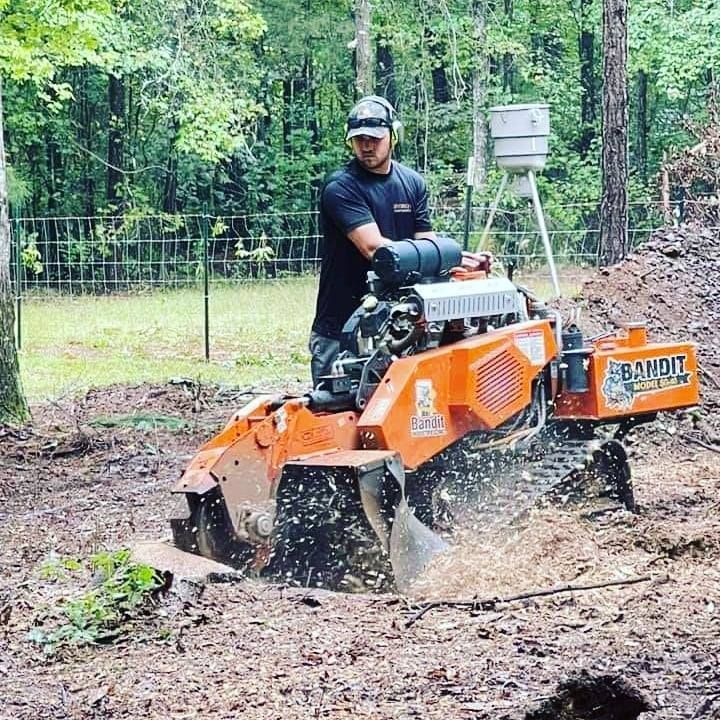
Imagine enjoying a sunny day in your yard, the green grass soft underfoot, the flowers in full bloom, and the gentle sound of birds nearby. But then your eyes catch sight of a stubborn tree stump right next to your sidewalk or driveway, and the beauty of the moment fades. Tree stumps, especially those close to concrete surfaces, can be more than just an eyesore—they can cause real problems. But is it possible to grind these stumps without damaging your sidewalk or driveway? Absolutely! Here’s how professionals handle this tricky task and why it's essential to call in the experts. The Challenge of Stumps Near Concrete Tree stumps close to sidewalks or driveways can be challenging to remove. The roots of these trees might have grown under or around the concrete, making it a delicate job. The grinding process needs to be precise to avoid damaging the surrounding structures. A professional stump grinding service has the expertise and equipment to do just that. How Professionals Grind Stumps Near Sidewalks or Driveways 1. Careful Planning and Inspection Before any grinding begins, professionals will carefully inspect the area. They’ll look for any signs that the roots have grown under the concrete or near other structures. This inspection helps them plan the best approach to remove the stump without causing damage.

Stump grinding is a common solution for removing unwanted tree stumps from your yard, enhancing both the aesthetics and usability of your outdoor space. However, homeowners often express concerns about the potential for this process to damage their property. In this comprehensive blog post, we will explore how stump grinding works, its potential risks, and how to mitigate them, especially focusing on residential properties in Atlanta, GA. Understanding Stump Grinding Stump grinding is a procedure that employs a specialized machine with a high-speed rotating blade equipped with carbide teeth. This machine grinds the wood of the stump into small chips, which can be used as mulch or removed, depending on the client's preference. The process is efficient, typically removing stumps to a depth of 6 to 12 inches below ground level. This depth is sufficient to effectively eliminate the stump from sight without significantly disturbing the surrounding landscape. Potential Risks to Property While stump grinding is generally safe when performed by experienced professionals, there are several potential risks to be aware of: Surface Damage: The machinery used in stump grinding is heavy and could potentially damage your lawn, garden paths, or nearby paved areas. The risk of surface damage is particularly significant if the equipment needs to be transported across soft or landscaped areas.

Stump grinding is a prevalent method for dealing with tree stumps after a tree has been removed. It is often chosen for its speed and efficiency, but many property owners in Atlanta, GA, are left wondering about the thoroughness of this method, particularly when it comes to the removal of the entire root system. In this blog post, we will delve into whether stump grinding can effectively remove the complete root system of a tree and the implications this has for your property. What is Stump Grinding? Stump grinding involves using a machine equipped with a high-speed rotating cutting disc that chips away at the wood of the stump. This process grinds the wood into small chips and typically goes down to a depth of 6 to 12 inches below the ground level. The main goal of stump grinding is to remove the visible remnants of the tree stump, making the area more aesthetically pleasing and easier to manage. The Reach of Stump Grinding While stump grinding is effective in removing the visible stump, its ability to remove the entire root system is limited. Here’s what you need to know: Depth and Breadth: Standard stump grinding reaches depths of 6 to 12 inches, which is sufficient to remove the bulk of the stump itself. However, tree roots can extend far beyond this depth and spread out extensively under the soil surface. Most roots, especially those of large, mature trees, can spread horizontally at least as far as the tree is tall.

When it comes to managing the aftermath of tree stump removal , stump grinding stands out as a favored method due to its efficiency and minimal disruption to the surrounding landscape. However, homeowners and property managers often wonder whether stump grinding is effective for all types of tree species. In this blog post, we will explore the capabilities of stump grinding across various tree species, particularly focusing on those commonly found in the Atlanta, GA area. Understanding Stump Grinding Stump grinding involves the use of a powerful machine that employs a high-speed rotating cutting disk to chip away the wood. This process reduces the stump to wood chips and is generally performed to a depth of 6 to 12 inches below the ground surface, depending on the situation and the machinery used. The result is a mixture of soil and wood chips where the stump once stood. Factors Influencing Stump Grinding Effectiveness The effectiveness of stump grinding can vary depending on several factors: Tree Species Hardness: The hardness of the wood is a significant factor. Hardwood species like oak and hickory are more challenging to grind than softer woods like pine or cedar. This is due to the dense nature of hardwood, which can cause the grinding process to be slower and wear out the machinery more quickly.
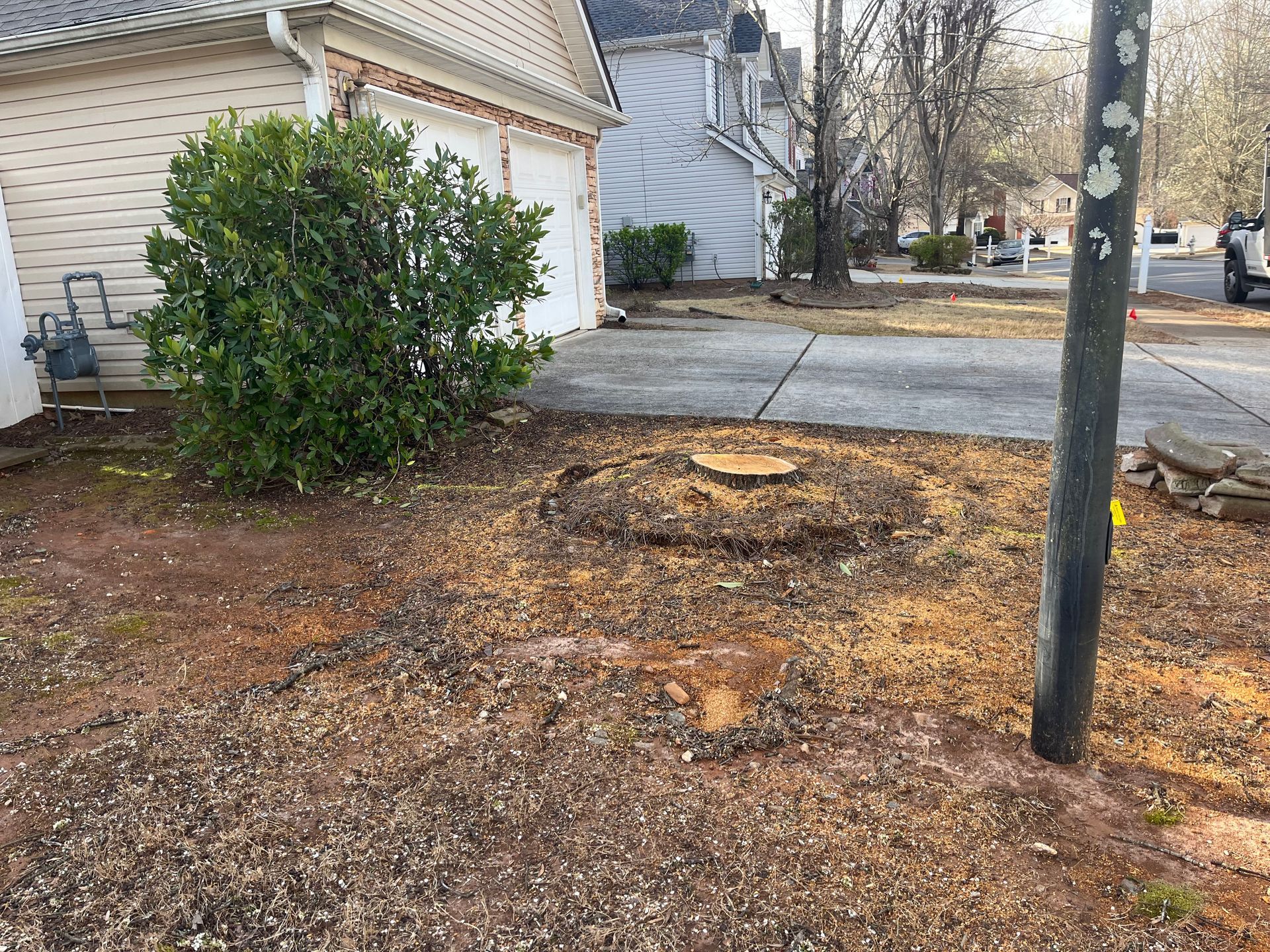
Stump grinding is a popular and efficient method for removing tree stumps from your property, which often raises concerns about the impact this process might have on surrounding vegetation. For homeowners and garden enthusiasts in Atlanta, GA, where lush and diverse plant life is a common feature in landscapes, understanding the safety of stump grinding is crucial. In this blog post, we'll delve into whether stump grinding is safe for nearby plants and how to protect your garden during the process. What is Stump Grinding? Stump grinding involves the use of a specialized machine to shred a tree stump into wood chips, typically going several inches below the soil surface. Unlike stump removal, which involves excavating the stump and all its roots, grinding is less invasive but leaves the lower roots in the ground to naturally decompose. Impact of Stump Grinding on Surrounding Vegetation The primary concern with stump grinding near other plants is the potential for damage from the machinery and the changes it may cause in the soil composition. Here’s what you need to consider: 1. Physical Damage: The most immediate risk to surrounding vegetation is physical damage. Stump grinders are heavy and could crush nearby plants if not carefully handled. Moreover, the grinder itself can throw debris and rocks that might harm nearby plants or break windows.

Planting a new tree where an old one once stood is a common desire for many homeowners and landscaping enthusiasts. However, if the previous tree was removed and the stump ground down, you may wonder if this spot is suitable for planting a new tree. The short answer is yes, you can plant a new tree in the same place, but there are several important considerations and steps you should take to ensure the new tree thrives. Understanding Stump Grinding and Soil Conditions Stump grinding is a process where the visible part of the stump is mechanically shredded down to small wood chips, often mixed with the soil. This method is effective in removing the appearance of the stump, but typically, the roots are left to decay naturally beneath the ground. These remaining roots and the wood chips can significantly alter the soil composition and nutrient balance. When a stump is ground, the resulting mixture of wood chips and soil can lead to several issues: Nutrient Deficiency : As wood chips decompose, they temporarily deplete the soil of nitrogen, an essential nutrient for plant growth. This can affect the growth of a newly planted tree. Soil Compaction : Heavy machinery used for stump grinding can compact the soil, making it difficult for a new tree’s roots to spread and grow. Decay and Pests : The decaying roots of the old tree may attract pests and diseases, which could potentially harm the new tree.

When it comes to maintaining your yard's appearance and safety in Atlanta, stump grinding is a crucial service. At Ness Stump Grinding , we frequently address questions about the appropriate depth for stump grinding. Understanding this can help ensure that the process meets your landscaping needs and prevents future issues. Optimal Grinding Depth The depth to which a tree stump should be ground down varies based on several factors, including the purpose of the grinding and the future use of the area. Most professionals, including those at Ness Stump Grinding, recommend grinding a stump down to a depth of 4 to 6 inches below the surface for general purposes. This depth is typically sufficient to prevent the stump from regenerating, improve the appearance of your property, and eliminate safety hazards. However, for those needing to replant in the same spot or ensure absolutely no regrowth, going deeper may be necessary. Stump grinders can reach depths of 13 to 18 inches, which is usually more than adequate to disrupt the root system significantly and provide room for new plantings.
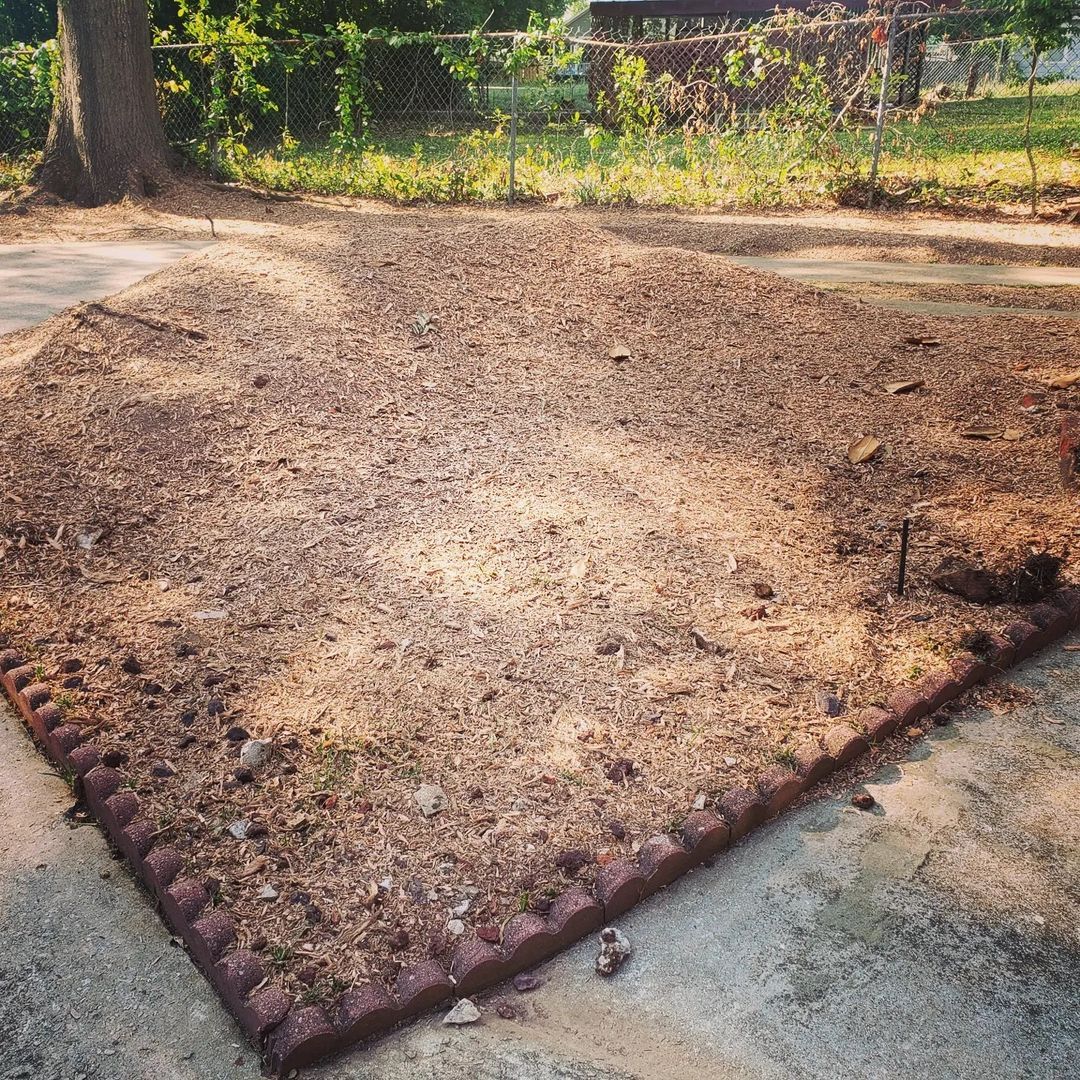
When it comes to dealing with pesky tree stumps in Atlanta, homeowners often find themselves caught between a rock and a hard place, or should I say, between grinding and removing. Both methods offer distinct advantages and carry certain drawbacks, so making an informed decision is key. Stump grinding, a less invasive method, involves a machine that shreds the stump down into wood chips right in its place. This method is generally faster, less disruptive to your landscape, and more cost-effective, with prices usually ranging from $100 to $400 depending on the size of the stump. It’s perfect if you’re looking to quickly improve the aesthetics of your yard without leaving a gaping hole behind, as the wood chips can also serve as mulch for your garden. On the other hand, stump removal entails excavating the stump along with the majority of its roots. This method is more thorough, ensuring that there’s no regrowth, and provides a clean slate for any new landscaping plans. However, it’s more labor-intensive and tends to be more expensive, with costs starting at around $500 and increasing based on the complexity and size of the job. The aftermath of this process is a considerable hole in the ground that will require filling. For those considering what lies beneath, stump removal might be the way to go if you plan to replant in the same spot, as leftover roots from grinding could interfere with new plant growth. However, if cost and immediate landscape appearance are your primary concerns, stump grinding offers a quicker, more budget-friendly solution.
